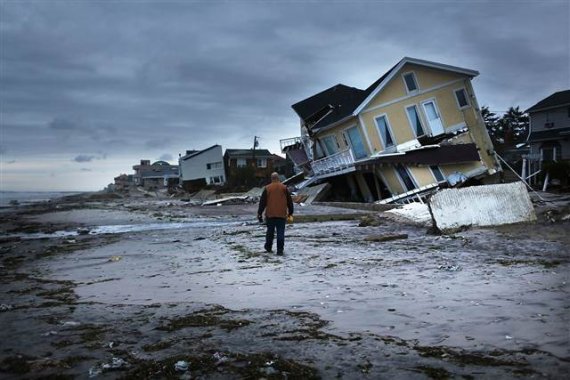It has been suspected for some time that natural disasters were a risk factor for banks. But up to now, the relation between the two has hardly been studied or proven. This is what Klomp has done. He did research worldwide (in more than 160 countries) on the impact of natural disasters on the ‘distance to default’, which is the risk of bankruptcy for a bank. There is a standard formula for that risk, in which the profit margin and the scale of the bank’s own investments are compared with the standard deviation from that profit. Klomp: ‘The question is what the bank’s position is now, and how often it would be able to absorb a shock like that. The bigger the ‘distance to default’, the safer the bank.’
These are significant effects which supervisors need to bear in mind when deciding what reserves are safe for a bank
Jeroen Klomp
Natural disasters are a frequent occurrence: according to the Emergency Events Database, there were 8000 of them between 1995 and 2010. Klomp selected 180 disasters which affected at least half a percent of the population or which cause the GDP to drop by half a percent. And he found that natural disasters had a significant effect on the risk of bankruptcy. An additional natural disaster reduces the distance to bankruptcy by five percent. That may not seem a lot, but according to Klomp, it is. ‘It is a cumulative effect. In developing countries, these kinds of disasters are frequent and then it starts to add up.’ Geophysical disasters such as earthquakes and volcanic eruptions, and meteorological disasters such as storms and hurricanes have the biggest impact. ‘Because they do the most physical damage.’
According to Klomp, banks should take natural disasters into account more. ‘These are significant effects which supervisors need to bear in mind when deciding what reserves are safe for a bank. Especially in developing countries because the frequency and impact of disasters are greatest there.’
Western countries have not as yet suffered much from natural disasters. ‘It is not an issue here yet, but it could come, and you need to be aware of it. Certainly with a view to climate change. If the Rhine starts flooding every three years, banks will start noticing it.’

